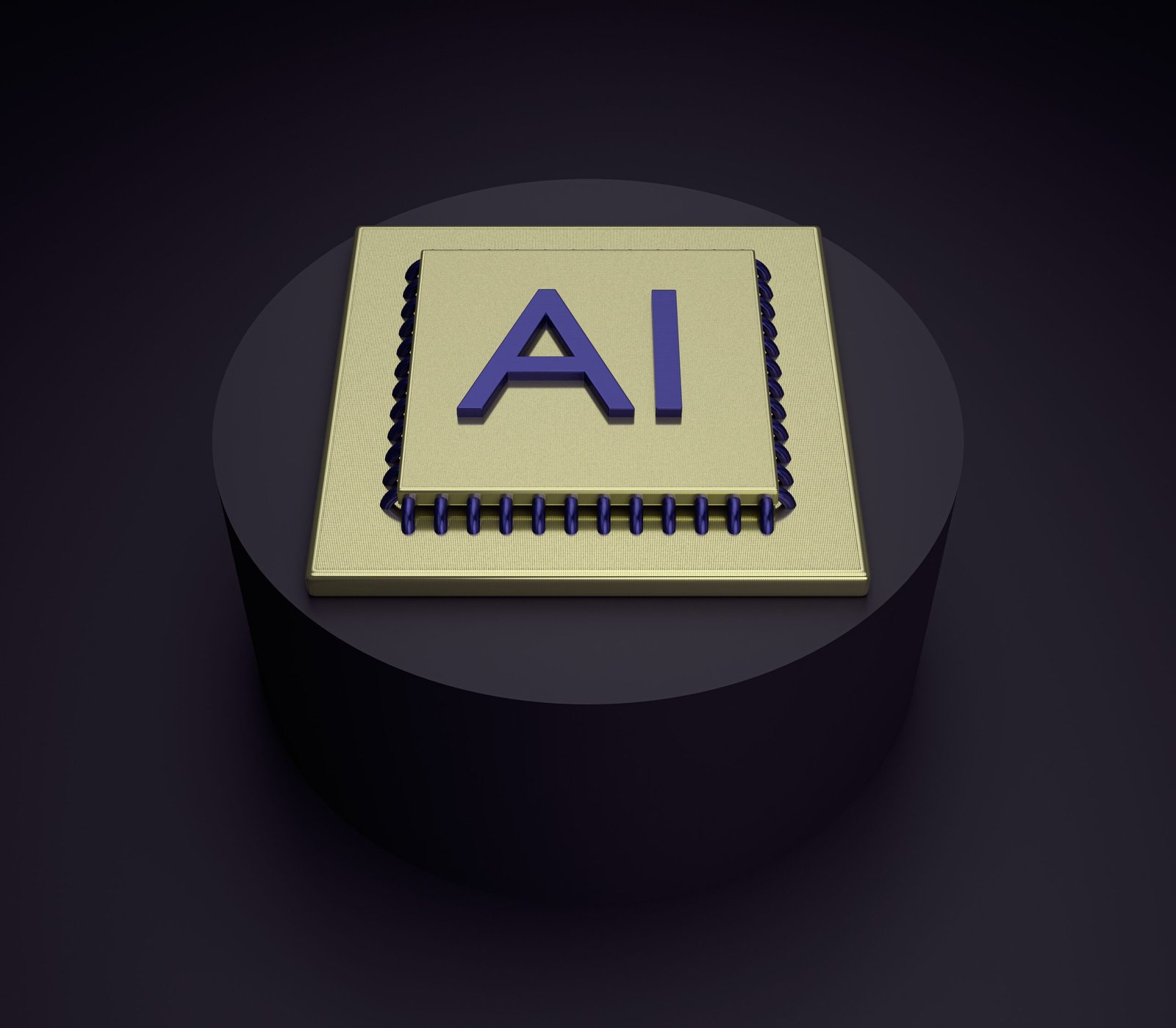In the fight against climate change, one of the most pressing challenges of our time, artificial intelligence (AI) has emerged as a powerful tool with the potential to revolutionize the way we reduce carbon emissions. With its capacity to analyze vast datasets, optimize systems, and make predictions, AI is driving innovative solutions that could lead to a more sustainable and eco-friendly future. In this article, we explore the ways AI can help in the battle against carbon emissions.
1. Smart Energy Management
One of the most impactful applications of AI in carbon reduction is in the energy sector. AI-driven systems can monitor and optimize energy usage in real time. For example, AI can predict energy demand and supply, allowing for more efficient energy distribution, reducing wastage, and optimizing the use of renewable energy sources.
2. Renewable Energy Integration
AI plays a crucial role in optimizing the integration of renewable energy sources like solar and wind power into the grid. AI algorithms can forecast weather conditions and adjust energy production accordingly, ensuring a stable and efficient energy supply, reducing reliance on fossil fuels, and lowering emissions.
3. Predictive Maintenance
AI-powered predictive maintenance systems can revolutionize the maintenance of industrial equipment, making it more efficient and cost-effective. By analyzing sensor data, AI can predict when machinery is likely to fail, reducing unplanned downtime and the need for frequent replacements, ultimately cutting down on the energy required for manufacturing and repair.
4. Transportation Transformation
Transportation is a significant contributor to carbon emissions. AI is facilitating the transition to electric vehicles (EVs) by optimizing charging infrastructure and providing real-time traffic data for route planning. Autonomous vehicles, guided by AI, have the potential to reduce congestion and enhance fuel efficiency.
5. Energy-Efficient Buildings
AI-driven smart building systems can adjust heating, cooling, and lighting based on occupancy and weather conditions. By reducing energy consumption in commercial and residential buildings, these systems not only lower emissions but also lead to cost savings for property owners and occupants.
6. Sustainable Agriculture
AI is aiding in precision agriculture, optimizing crop management, and reducing the need for chemical inputs. By minimizing resource usage and enhancing crop yields, AI-driven agriculture practices can help lower carbon emissions from the agricultural sector.
7. Carbon Capture and Storage
AI is being used to optimize carbon capture and storage (CCS) technologies. These systems capture carbon emissions from industrial processes and store them underground, preventing them from entering the atmosphere. AI helps improve the efficiency and cost-effectiveness of CCS.
8. Climate Modeling
AI and machine learning are revolutionizing climate modeling. They can process enormous datasets and make more accurate climate predictions, aiding in the understanding of climate patterns and helping policymakers make informed decisions to mitigate climate change.
Challenges and Ethical Considerations
While AI offers immense potential for reducing carbon emissions, there are challenges to address. These include the energy consumption of AI itself, the potential for algorithmic bias in decision-making, and privacy concerns related to data collection.
Conclusion: A Greener Tomorrow
As the world grapples with the urgent need to reduce carbon emissions and combat climate change, AI stands as a powerful ally. Its ability to optimize and innovate across various sectors, from energy to transportation, agriculture, and beyond, positions it as a critical tool in the transition to a more sustainable and eco-friendly future. By harnessing the potential of AI, we can pave the way for a greener tomorrow, where carbon emissions are significantly reduced, and our planet is better protected for future generations.
